In late February/March bumble bee queens start to emerge from hibernation. Some solitary bee species also start to emerge. Both of these will need nectar to give them the energy they need to find a nest site and to start their nests. They will also need pollen to raise their young.
Honey bee colonies are also starting to expand. As nectar flow increases the queen bee is fed more and this increases her rate of lay. Honey bees bringing pollen back to the hive is always a welcome sight to the beekeeper as it means the queen is laying eggs and the colony are raising young.
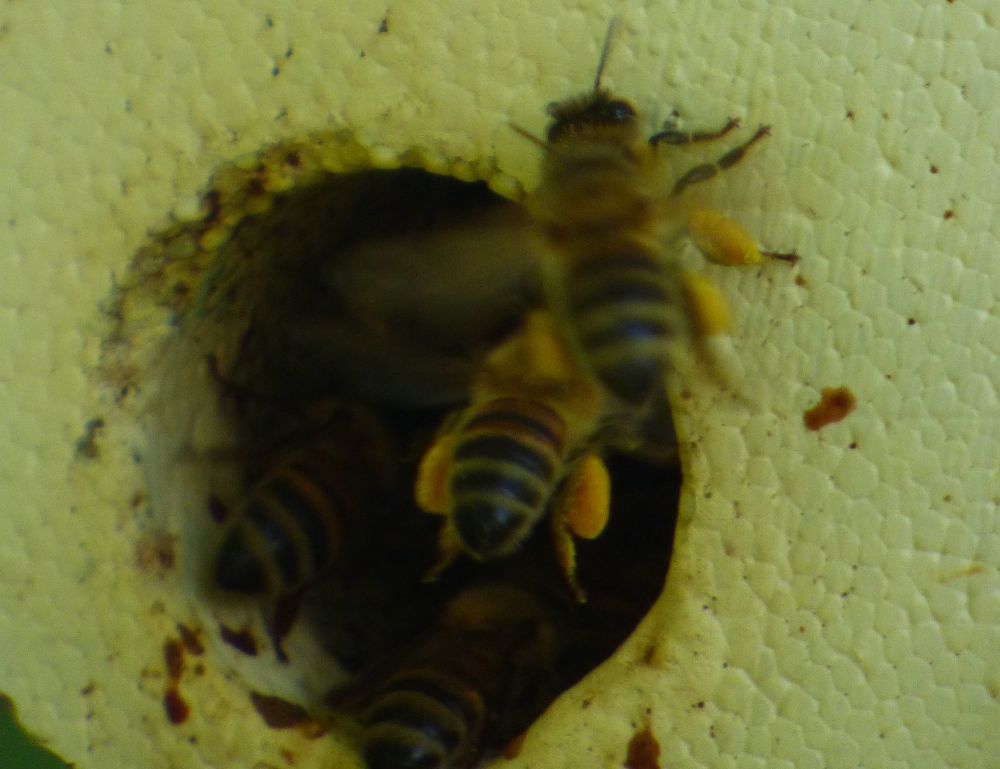
Bees come in different sizes and also, to a certain extent, different shapes. Bumble bees tend to be big and fat and fuzzy, whilst honey bees and solitary bees are smaller and slimmer. Bees also have different tongue lengths. Why is this important? Well it’s because they use that tongue (or proboscis) to suck up nectar from the flowers. That tongue length helps to determine the flowers the bees can access the nectar from, as does the size of the bee.
Often we think we have to be able to grow wildflower mixes to help feed bees, but this really isn't the case. The good news is that when it comes to planting for bees, as there are so many different types of bees, there isn’t “a one size fits all” answer. By following a few simple “rules” it’s actually very easy to add a few “bee friendly” plants to your garden, allotment, balcony or patio. You also don’t need acres of space, or even a big garden. Just a few pots or hanging baskets will all help to make a difference.
So what are the “rules”?
Bees need flowers where they can access the nectar and pollen easily. Many highly developed flowers no longer produce nectar or pollen. Even if they do the bees struggle to reach it with lots of petals to get past. As I’ve mentioned before I love the highly scented “frilly” roses, but the bees can’t get to the pollen very easily in these roses. So open flowers are much better for bees. Flowers like cosmos, old fashioned "dog" roses, fruit blossom and open dahlias like this one.
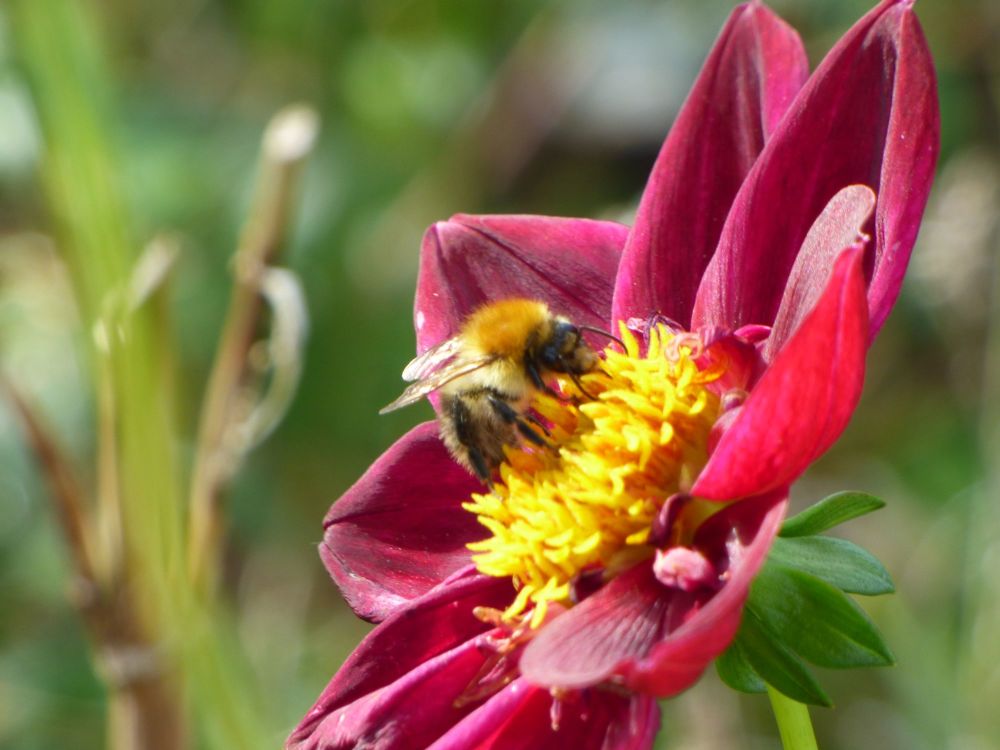
Many plants have developed tubular shaped flowers. Whilst these aren’t open flowers, they are still great for bees as they can crawl inside to access the nectar. These flowers are quite clever because they’ve evolved in such way that as the bee crawl inside the pollen gets dabbed on the bee’s back where it is less easy to groom and means there is pollen in just the right place to pollinate the next flower. Foxgloves are a great example of this. Those little dots on the inside of the flower are like a runway straight to the nectar for bees!
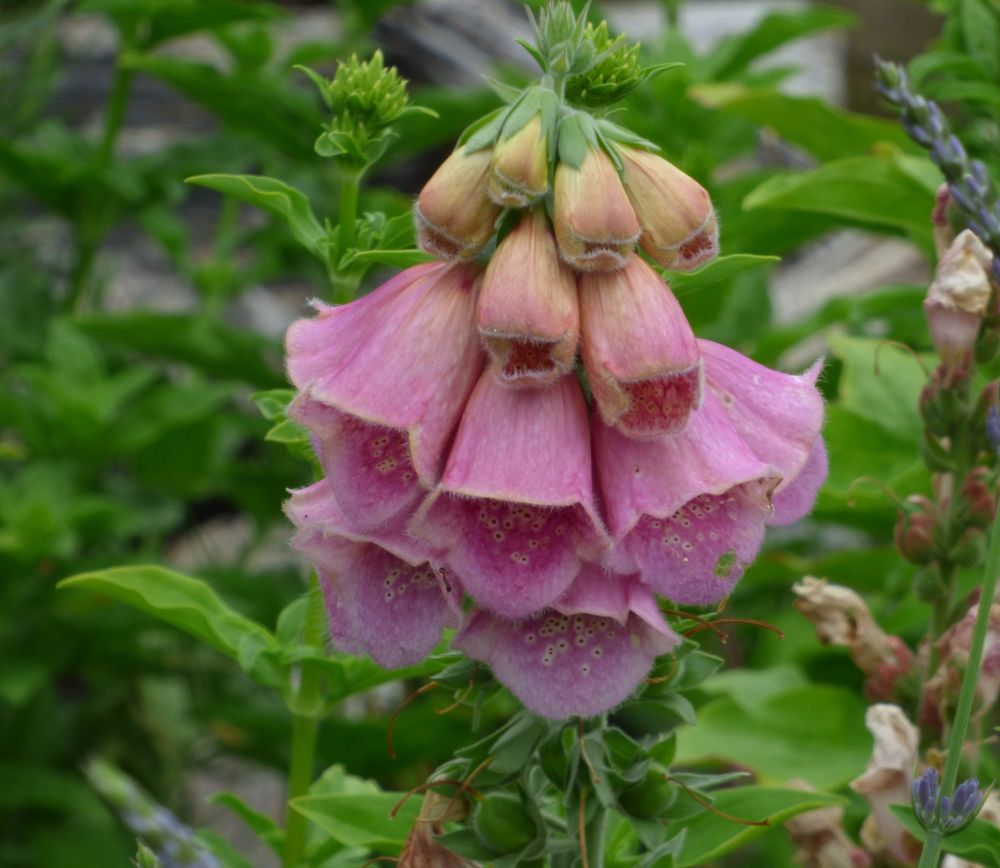
Plants which produce lots of small flowers are great for bees as they can move quickly from one flower to another collecting pollen and nectar as they go. I have a lot of herbs at the allotment such as marjoram, mints, lavender, rosemary, thyme etc and they are always popular with the bees as well as the butterflies. Later in the year sedums are a popular choice.
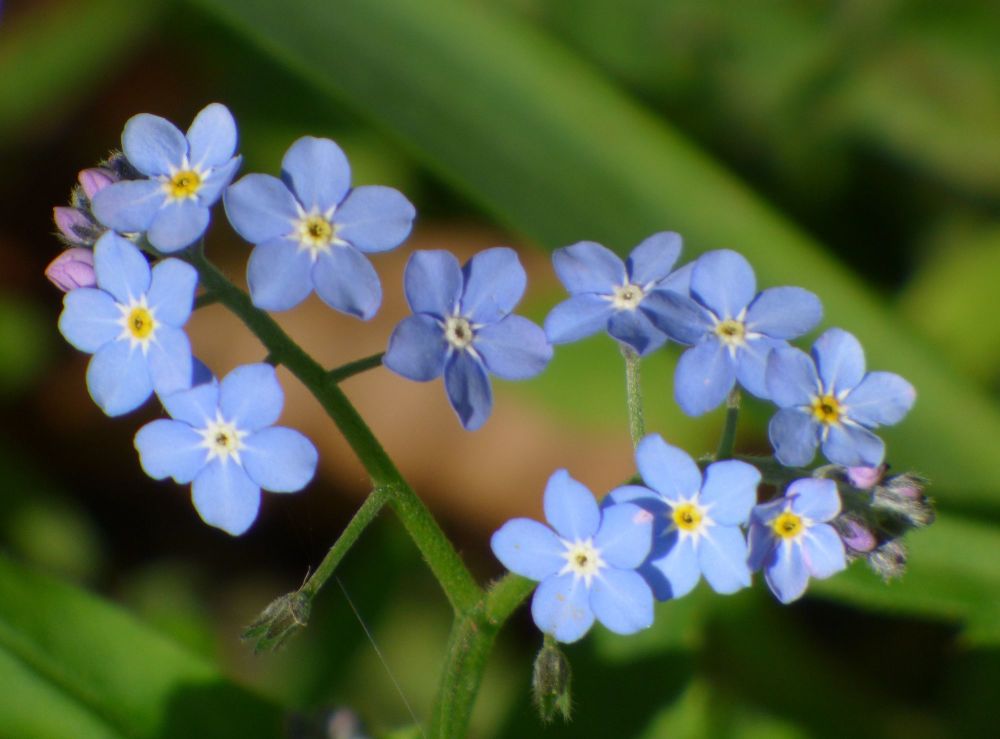
Similarly flowers which we might think of as being one flower, but are actually made up of lots of small flowers, such as sunflowers, are great for bees. I used to wonder why the bees would spend so long on sunflowers not realising that each sunflower is actually made up of 100s of actual flowers. Bees do a great job of pollinating them, because if they didn’t they wouldn’t develop the masses of seeds they usually do.
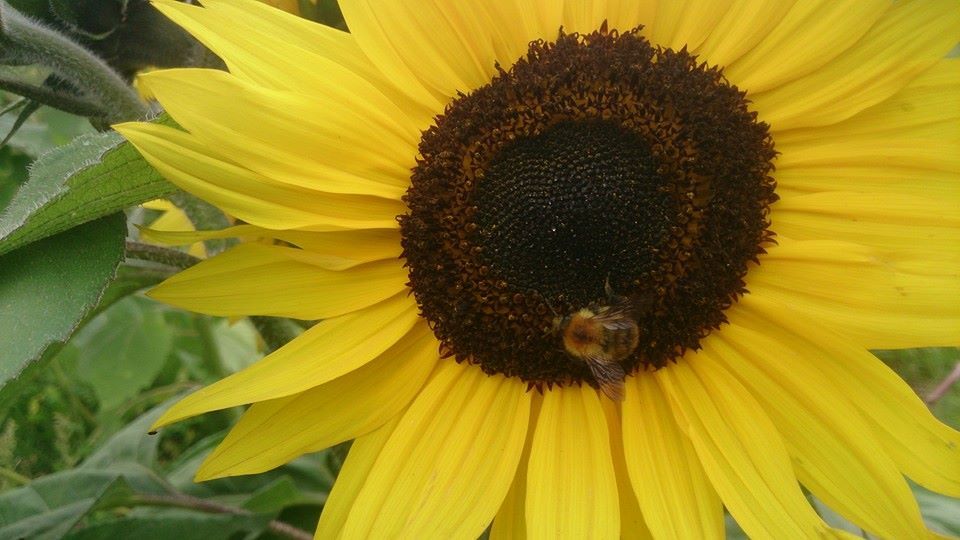
Planting in clumps is good as, again, it means the bees can quickly travel from one flower to another.
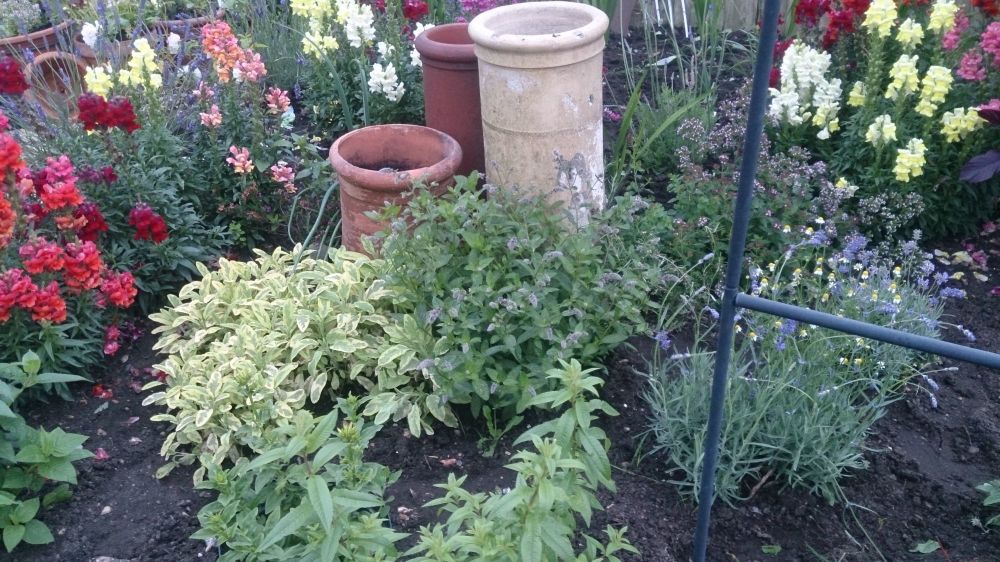
Flowering shrubs are also a good addition to your bee friendly garden.
A great tip if you’re not sure what to buy is to let the bees tell you. Next time you visit a garden centre or nursery have a look and see which plants are attracting all the bees. I have to hold my hands up and say I am more of a fruit and veg grower than a flower gardener and I’m not great with the names of plants. The few shrubs I have at the allotment were impulse buys as they were buzzing with bees when I visited the garden centre!
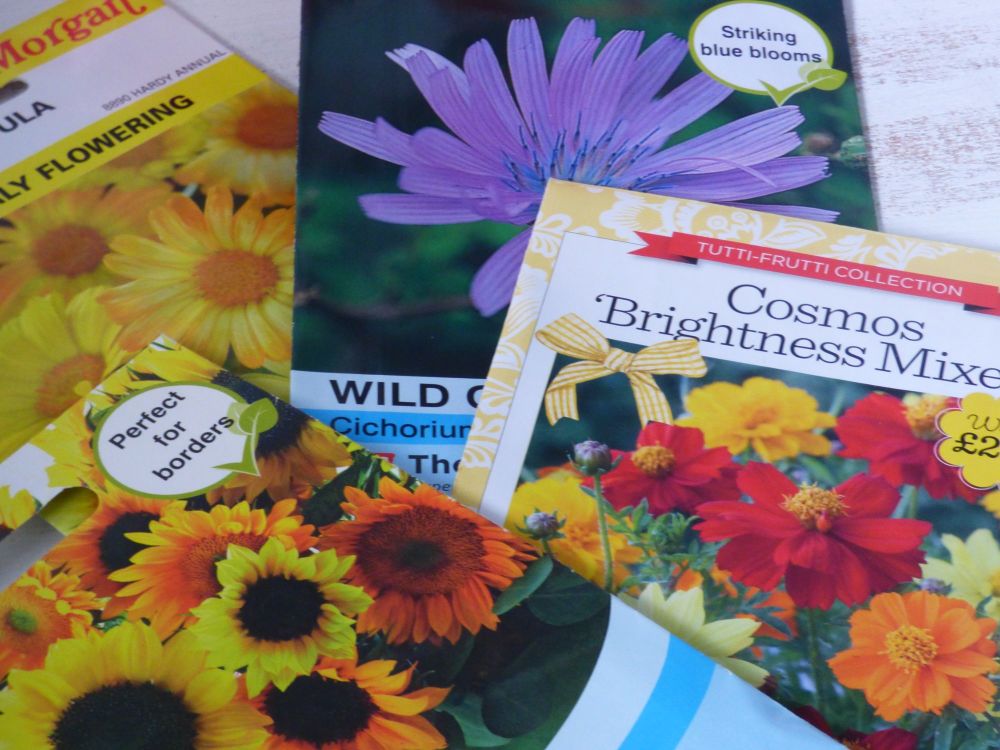
If you are gardening on a budget why not grow from seed. A few packets of seeds will often produce far more plants than you actually want. Some of the seeds could be saved for next year, but even so there may still be more than you want so why not swop some with friends and neighbours. I love growing cosmos, calendula, cornflowers, sunflowers and dahlias from seed each year as well as chives amongst others.
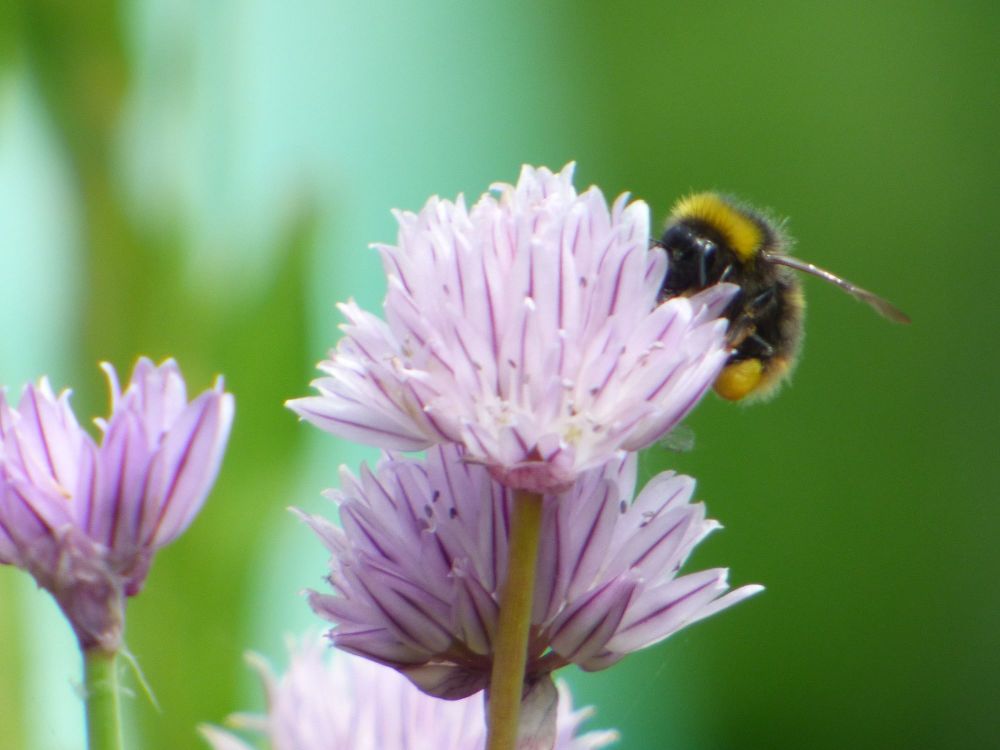
I always find March a bit of a tricky month as I’m usually itching to get sowing, but the weather can be so variable it’s often best to hold off for a few weeks until later in the month or even April. With day length increasing and (usually!) warmer weather seeds sown then usually catch up earlier sown ones. So don’t panic if you’ve not started seed sowing yet.
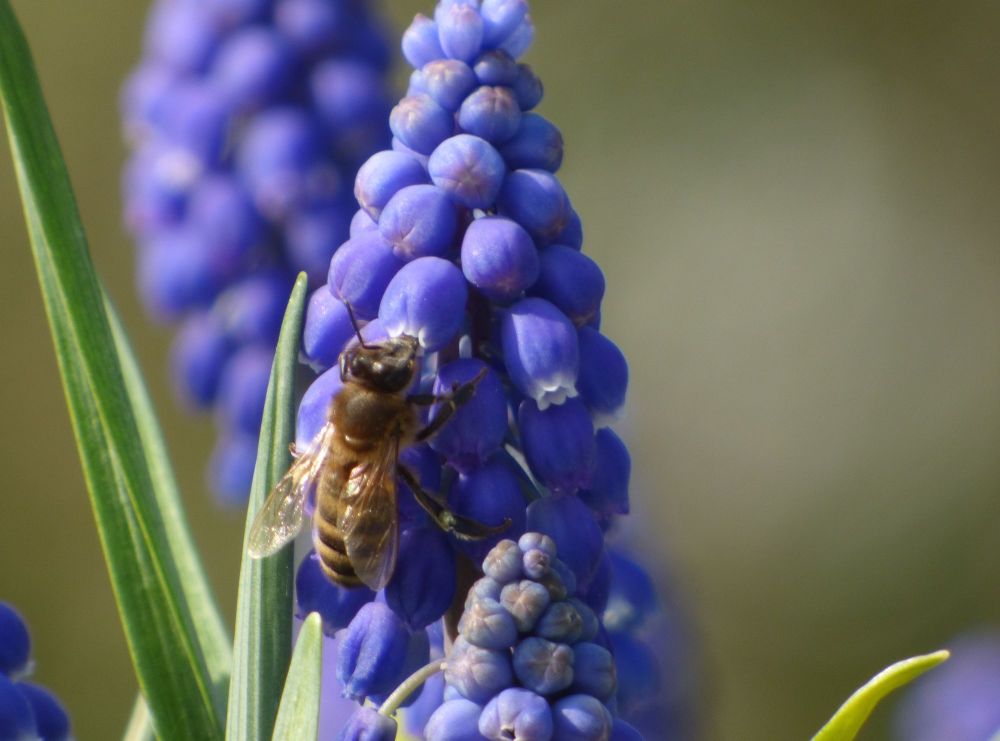
Check out next month’s blog for more about what’s going on at the allotment, the bees and what we can be growing for them.
Why not drop me an email or post a comment telling me what you are up to in the garden. You can also follow me on facebook.


